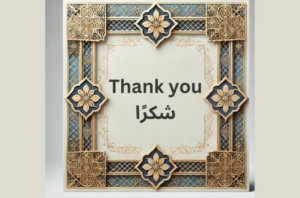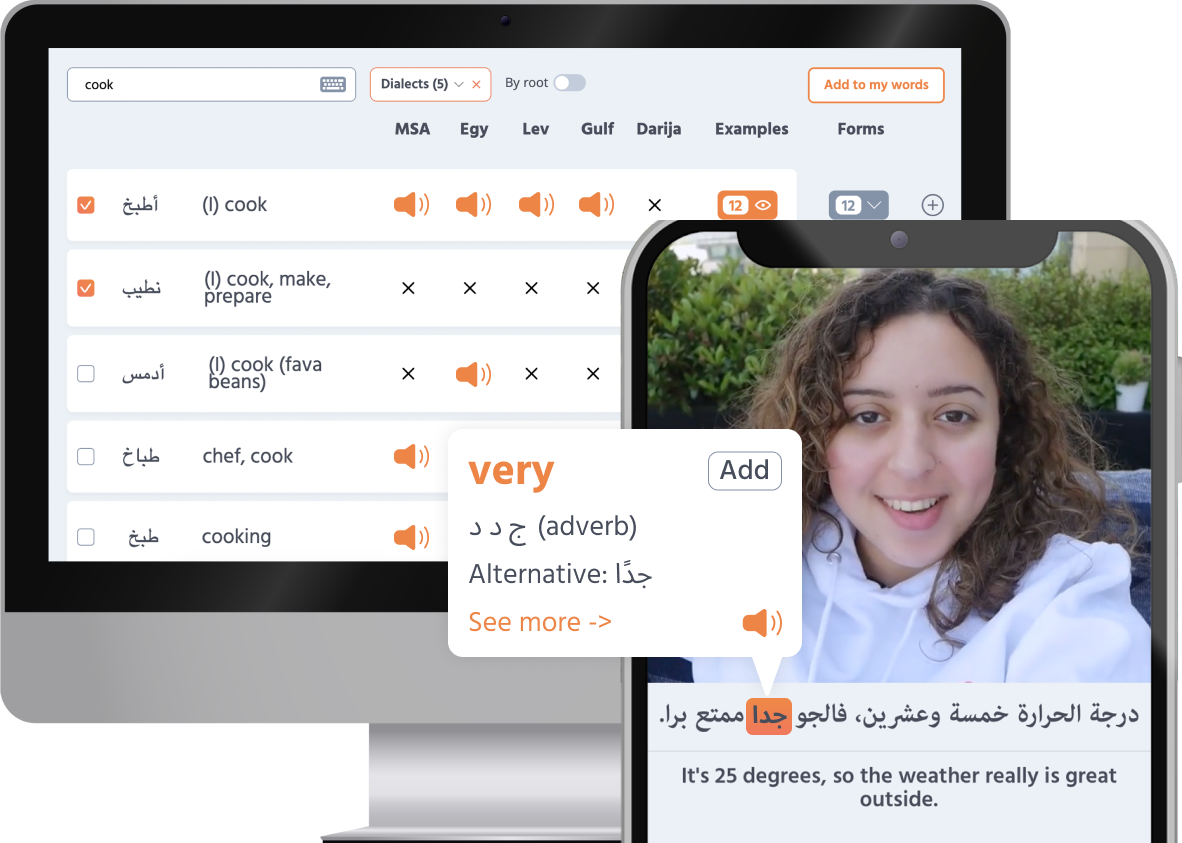Sawt (صوت)
, which translates to “voice” in Arabic, is a soulful and intricate urban music genre that took shape in the early 20th century and remains a vital part of the cultural heartbeat in Kuwait and Bahrain. The name couldn’t be more fitting, as Sawt is all about the human voice, which serves as the main instrument and centerpiece of the music.
The story of Sawt’s development is deeply tied to Abdullah al-Faraj (1836–1901/1903), a prominent Kuwaiti poet, composer, and oud player. Coming from a wealthy merchant family with ties to India, al-Faraj spent several years in Bombay, where he absorbed various musical influences that helped him craft the unique sound of Sawt. His work laid the foundation for this genre, which beautifully blends local Gulf traditions with elements borrowed from across the seas.
Back in the day, a Sawt performance typically featured a solo singer playing the oud, while the rhythm was kept by small hand drums (mirwas or marwas) and the audience’s hand clapping. Often, there was a chorus to give the music more depth. Then, in the 1920s, the violin made its way into Sawt, adding a new layer to the genre. Many songs also include a section called “Tawshih” at the end, which acts as a lyrical or instrumental wrap-up. In this video, a Bahraini artist performs Sawt with the presence of the violin, and the lyrics of the song are written by al-Faraj.
A hand drum (mirwas or marwas).Collectie Wereldmuseum (v/h Tropenmuseum), part of the National Museum of World Cultures , CC BY-SA 3.0 , via Wikimedia Commons Kuwait’s position as a cultural crossroads played a huge role in Sawt’s evolution. The music drew from land-based influences like Basra, Iran, and Saudi Arabia, as well as maritime trade routes connecting the Gulf to Oman, Yemen, East Africa, and India. This melting pot of sounds gave Sawt its rich character, and the genre spread to Bahrain , where musicians collaborated and created a shared musical legacy.
In today’s world, Sawt has managed to stay relevant while embracing some modern touches. Contemporary artists like Abdallah Al Ruwaished have helped modernize Sawt and make it more accessible to younger audiences. His music blends the old with the new, keeping the essence of Sawt while appealing to today’s listeners.
In Bahrain, the Mohammed bin Faris Ensemble is celebrated for its mastery of traditional arts, performing styles such as Al-Sout, Al-Basta, Al-Khamari, and other Bahraini folk melodies. Among these, Al-Sout holds a uniquely revered position, showcasing its deep cultural significance and the ensemble’s unwavering commitment to preserving this iconic art form.
Three Gulf musicians in traditional attire during a Sawt performance: one plays the oud while the other two clap rhythmically, showcasing the harmonious spirit of Gulf music and tradition. Thanks to early gramophone records, we have a treasure trove of Sawt recordings from the first half of the 20th century. These recordings capture the artistry of pioneers like Ibrahim ibn Yaqub, the Khalad brothers, and Yusuf al-Bakr from Kuwait, as well as Zahi ibn Walid and Muhammad ibn Faras from Bahrain. Their work is a timeless resource for today’s musicians and a reminder of the genre’s deep roots.
Sawt is more than just music; it’s a cultural bridge connecting different worlds and generations. It’s a genre that captures the spirit of the Gulf, mixing tradition with innovation and celebrating a region shaped by the constant flow of cultural influences. Even now, Sawt continues to move people, with its melodies echoing the rich and dynamic history of the Gulf .
Oh, and by the way… If learning Arabic at your own pace, with fun, real-world videos sounds like your style, then Playaling could be exactly what you’re looking for!
With Playaling, you’ll dive into any major Arabic dialect or MSA . Our diverse range of videos has it all—from everyday conversations and cultural moments to music videos, TV and movie clips, influencer content, news broadcasts, and inspiring talks.
Our interactive captions let you tap any word for instant translations, context, and audio. So, real Arabic content becomes accessible with just a click. Miss something? No problem—rewind and listen as often as you need, or hover over subtitles for quick definitions.
Spot a word you want to learn? Save it to your personalized word set, or dive into curated sets for focused practice and easy review.
Interactive exercises let you dive in and practice what you’ve learned.
Need to look something up? The Audio Dictionary has you covered with clear human pronunciations and real world examples.
It’s a learning experience that keeps you engaged, bringing authentic, real-world Arabic closer to you every step of the way.
Give it a try!









